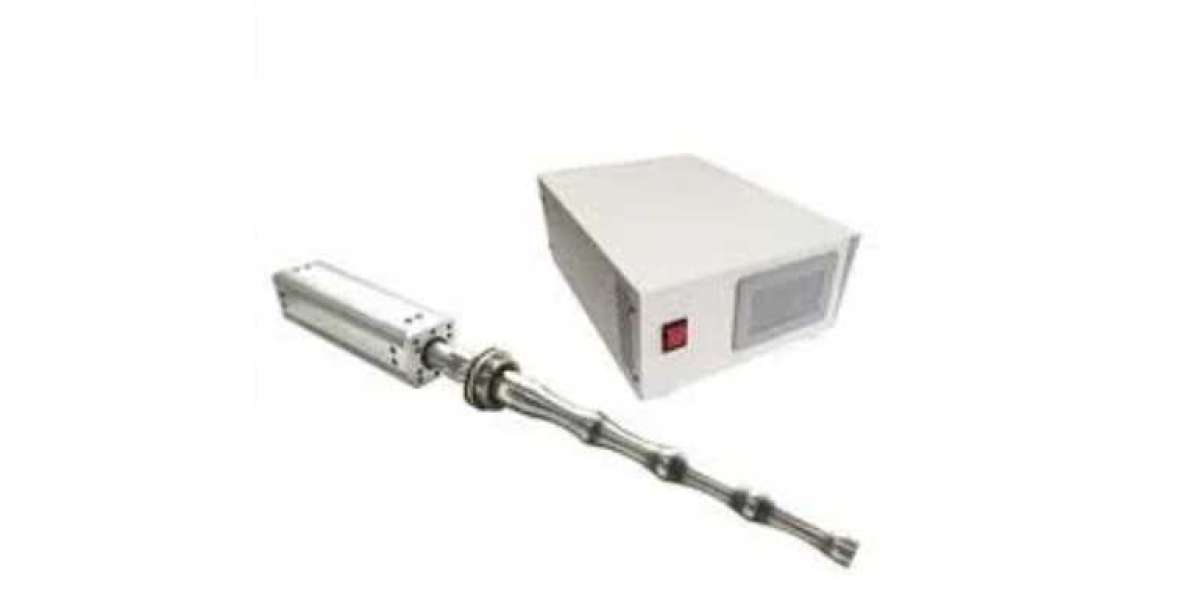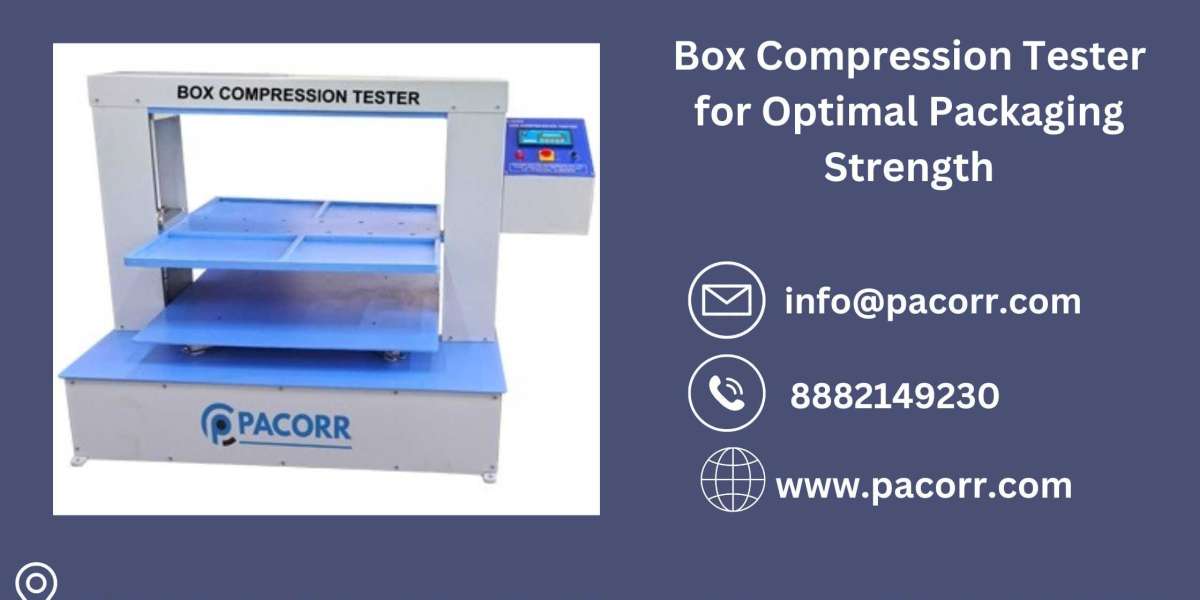Efficient liquid mixing is a critical process in various industries, including pharmaceuticals, food and beverage, and chemical manufacturing. Traditional mixing techniques often face challenges such as slow mixing times, inconsistent results, and energy inefficiency. However, the advent of ultrasonic resonators offers a promising solution to enhance liquid mixing efficiency. In this article, we will explore the potential benefits and applications of ultrasonic resonators in the context of liquid mixing.
Understanding Ultrasonic Resonators
Ultrasonic resonators are devices that generate high-frequency sound waves beyond the range of human hearing. These sound waves, typically in the range of 20 kHz to several megahertz, create mechanical vibrations that can be transmitted to the liquid medium. The vibrations induce cavitation, which refers to the formation, growth, and implosion of tiny bubbles in the liquid.

The Power of Cavitation
Cavitation is the key mechanism through which ultrasonic resonators improve liquid mixing efficiency. As the ultrasonic waves propagate through the liquid, they create alternating high-pressure and low-pressure regions, leading to the formation and collapse of microscopic bubbles. The implosion of these bubbles generates intense local forces, resulting in intense turbulence and microstreaming in the liquid. This phenomenon enhances the mixing process by promoting dispersion, emulsification, and circulation of the liquid components.
Faster Mixing Times
One of the primary advantages of ultrasonic resonators is their ability to significantly reduce mixing times. The intense turbulence and microstreaming induced by cavitation accelerate mass transfer and promote the thorough mixing of ingredients. Compared to traditional mixing methods that rely on mechanical agitation or stirring, ultrasonic resonators can achieve faster and more uniform mixing, saving valuable time in production processes.
Enhanced Homogeneity and Uniformity
Achieving homogeneity and uniformity in liquid mixtures is crucial for many applications. Ultrasonic resonators excel in this aspect by ensuring the thorough dispersion of ingredients and the elimination of concentration gradients. The intense cavitation forces break down particles, emulsify immiscible substances, and disperse solids in liquids, resulting in a more consistent and homogeneous mixture. This is particularly beneficial in industries such as pharmaceuticals, where precise dosage and uniformity are essential.

Energy Efficiency
Ultrasonic resonators offer energy-efficient liquid mixing solutions compared to traditional methods. While other techniques rely on mechanical energy input through stirring or agitating mechanisms, ultrasonic resonators primarily utilize acoustic energy. The energy-efficient nature of ultrasonic mixing can lead to reduced power consumption, making it a more environmentally friendly and cost-effective option.
Versatile Applications of the Ultrasonic Resonators
The versatility of ultrasonic resonators makes them suitable for a wide range of liquid mixing applications. They can be utilized in various industries, including pharmaceuticals, cosmetics, food and beverage, and chemical manufacturing. Ultrasonic mixing finds applications in processes such as emulsification, dispersion, dissolution, and extraction. From creating stable emulsions to achieving uniform particle size distribution, ultrasonic resonators offer a versatile tool for enhancing liquid mixing efficiency.
Improved Product Quality
The use of ultrasonic resonators in liquid mixing can lead to improved product quality. The intense cavitation forces not only enhance mixing efficiency but also contribute to finer particle size distribution, improved dissolution rates, and enhanced chemical reactions. These factors can result in higher product yield, improved product stability, and better sensory attributes, ensuring customer satisfaction and market competitiveness.

Conclusion
Ultrasonic resonators have emerged as a promising technology to enhance liquid mixing efficiency in various industries. Through the power of cavitation, these devices offer faster mixing times, improved homogeneity, and energy efficiency. The versatility of ultrasonic mixing applications makes it a valuable tool for a wide range of liquid processing needs. By employing ultrasonic resonators, industries can achieve higher productivity, improved product quality, and cost savings. As the technology continues to advance, we can expect further innovations and refinements in ultrasonic mixing, unlocking even more benefits for liquid processing industries.








